TANGIER ISLAND
IN BRIEF: A storied Chesapeake Bay island group with a small community, Tangier should be on every birder’s bucket list, if not for any particular birds, then for the experience. Climate scientists predict that the island community might well be uninhabitable in the near future, as sea levels continue to rise.
ACCESS: Foot ferries run from May through September from Onancock, Virginia and year-round from Crisfield, Maryland (http://www.tangierisland-va.com/transportation/).
Additional Info: Virginia DGIF Birding Trail Site
EVERYTHING YOU NEED TO KNOW ABOUT BIRDING TANGIER ISLAND
Peregrine Falcon, Photo by Robert W. Schamerhorn
An isolated community of people who have made their living from the bay for two hundred years, Tangier is a special place, with a dialect that hearkens back to the Elizabethan English spoken by the first settlers to the New World. The three small islands, less than one square mile in area, are joined by bridges; transportation is on foot or by golf cart here. Most of the islands’ edges here are comprised of low marsh, chiefly Spartina alterniflora, home to nesting Clapper Rails, Eastern Willets, and Seaside Sparrows. In summer, herons, egrets, and Glossy Ibis are often present around the islands and marshland; one visiting couple filmed a feeding Reddish Egret here in summer 1999. At Tangier’s southernmost point, a small beach sometimes has a few migrant shorebirds, and any patch of grass or bushes can hold a migrant sparrow or warbler during migration. Barn Owls still hunt these marshes and apparently nest in a remote duck blind here. On the ferry ride to and from Tangier, mostly common species of tern and gull are seen, with a few Brown Pelicans and Double-crested Cormorants; Northern Gannet might be seen on the winter ferry, along with loons, scoters, and other sea ducks. Adding your observations here to eBird will help tremendously to fill in the data on this woefully underbirded location—another opportunity to be a birding pioneer!
Solitary Sandpiper, Photo: Robert W. Schamerhorn
Common Loon, Photo: Robert W. Schamerhorn



